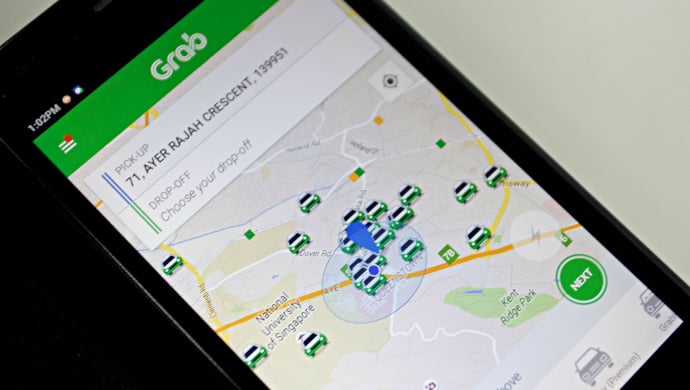Forget GrabHitch, GrabShare is a far more optimised carpooling service

For many, ride-sharing giant Grab’s first foray into carpooling service GrabHitch was less than stellar. Unlike Uber’s on-demand UberPOOL service, GrabHitch operated as a social non-commercial carpooling service and relied on regular car drivers signing up for the service. Riders also needed to do a scheduled booking (minimum 10 minutes in advance).
But perhaps the biggest problem with GrabHitch was that passengers were not guaranteed a ride. Some drivers only picked up passengers when it was convenient for them (or when they felt like it), resulting in a frustrating experience.
Grab’s new commercial carpooling service GrabShare is a slightly different animal and looks set to be more effective. It works a lot more like UberPOOL — in place of ordinary car drivers, GrabShare uses professional GrabCar Economy car drivers — people who depend on driving GrabCars for their livelihood and are thus more obligated to pick up passengers.
But here is where it hopes to differ from UberPOOL or other similar carpooling services: drastic cuts in detours, thus reducing passengers’ travel times. Data science and mobile engineering teams across Grab’s three R&D centres in Beijing, Singapore and Seattle have piled a tonne of research into optimising GrabShare.
GrabShare pairs up to two passenger’s bookings (or two parties, an additional passenger can tag along one party at no additional cost) with similar destinations travelling along the most efficient trip route. The algorithm is able to factors in relevant measurements such as travel time, current traffic conditions, overlap of traffic routes and closest available drivers, to deliver the most optimised passenger matches.
Passengers can expect a fare reduction of up to 30 per cent when they use GrabShare as opposed to the normal GrabCar Economy fares (although usual surge fees still apply), and Grab takes a 20 per cent cut of the driver’s fee as usual.
The fare ride split among passengers is proportional to the distance of each passenger’s ride (for example, if passenger A is travelling a longer distance, his or her share will naturally be higher). Additional charges such as ERP will be split evenly among the two passengers.
If a GrabShare driver can’t find an additional passenger to share the ride, well, hard luck, they will still only earn the discounted fare. For now, though, Grab has implemented a safety net for drivers via a top up in fares to increase adoption of this new service.
In the future, Grab plans to roll out GrabShare in other markets but declined to elaborate on the specifics.
The post Grab is launching a new carpooling service that might top uberPOOL appeared first on e27.